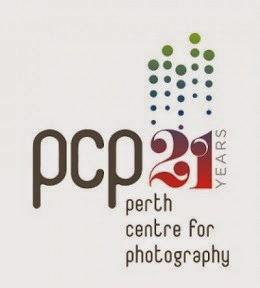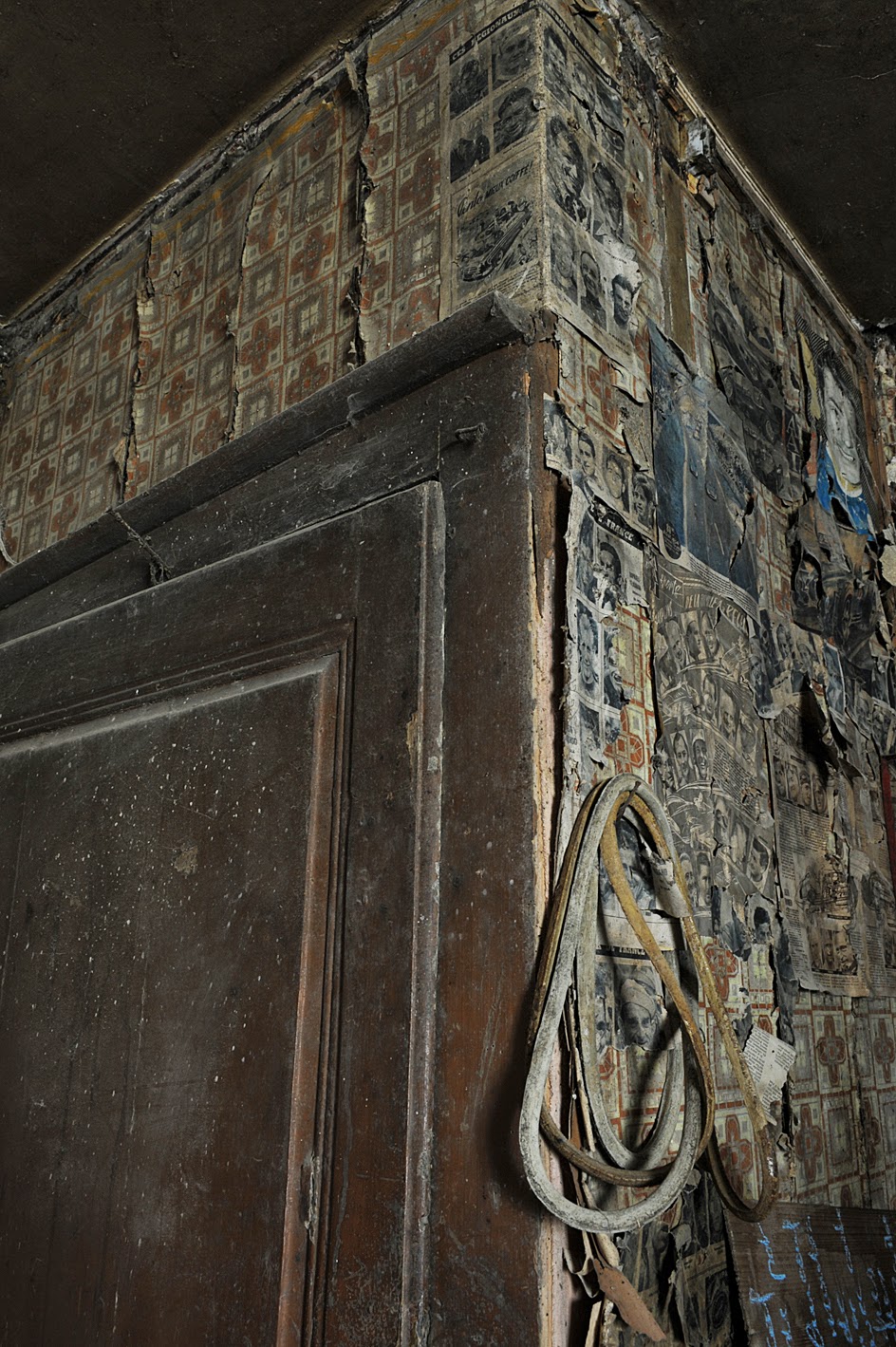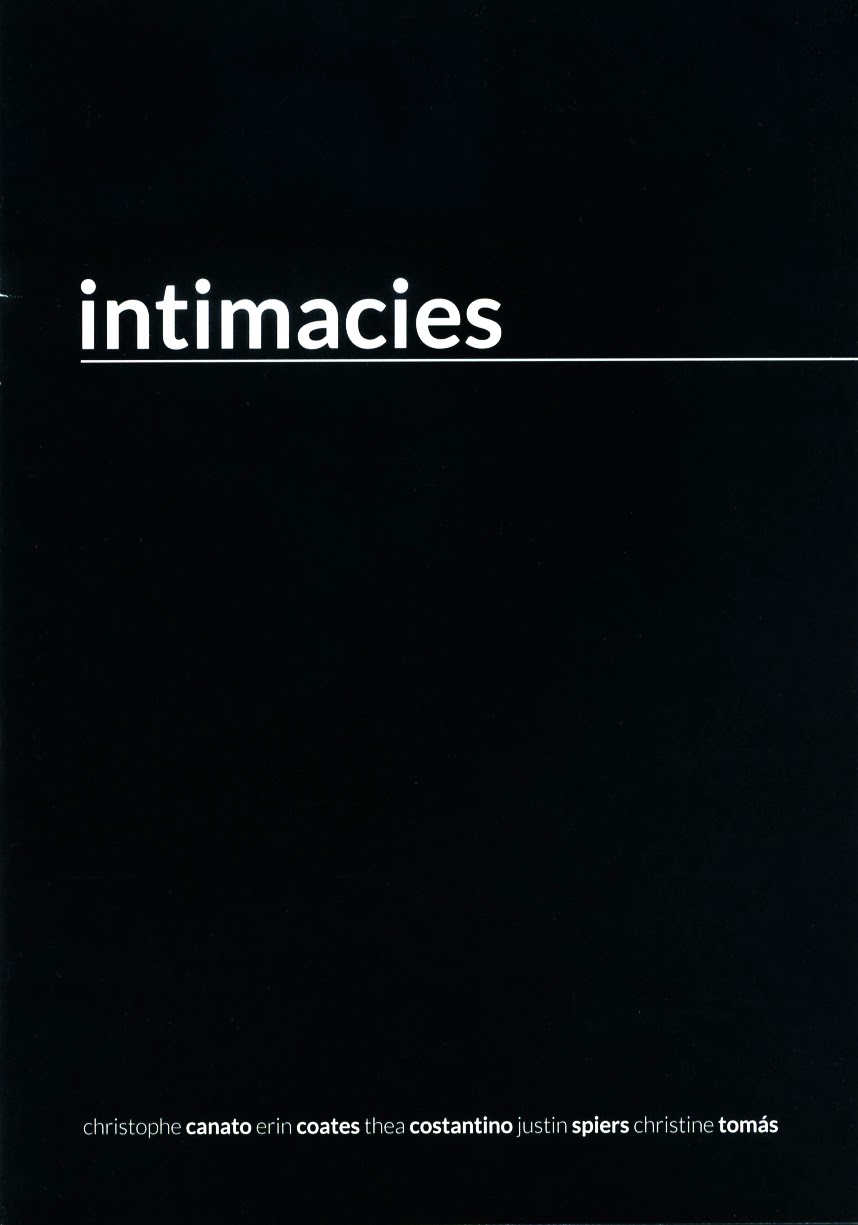- October 31, 2013 to December 22, 2013
- Perth Centre for Photography http://www.pcp.org.au
 |
Logo © Perth Centre for Photography |
Curated by Paola Anselmi
2013 is a milestone year for the Perth Centre for Photography. PCP is coming of age. It’s been an extraordinary journey of growth. From humble beginnings as the Photography Gallery of WA at the Bridge Gallery in William Street, to a second incarnation as the Photography Centre at ArtsHouse, and finally the Perth Centre for Photography on Brisbane Street and now in its new premises on Aberdeen street, the PCP’s future has never looked more positive. In over two decades of existence the PCP has made it its missions to foster, support and promote the best of photographic practice and practitioners in this state and beyond.
Momentum is a coming of age story. It's about looking back as well as ahead to new initiatives and growth.
2013 is a milestone year for the Perth Centre for Photography. PCP is coming of age. It’s been an extraordinary journey of growth. From humble beginnings as the Photography Gallery of WA at the Bridge Gallery in William Street, to a second incarnation as the Photography Centre at ArtsHouse, and finally the Perth Centre for Photography on Brisbane Street and now in its new premises on Aberdeen street, the PCP’s future has never looked more positive. In over two decades of existence the PCP has made it its missions to foster, support and promote the best of photographic practice and practitioners in this state and beyond.
Momentum is a coming of age story. It's about looking back as well as ahead to new initiatives and growth.










